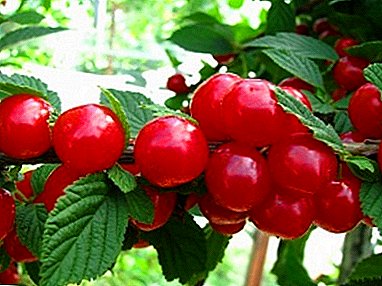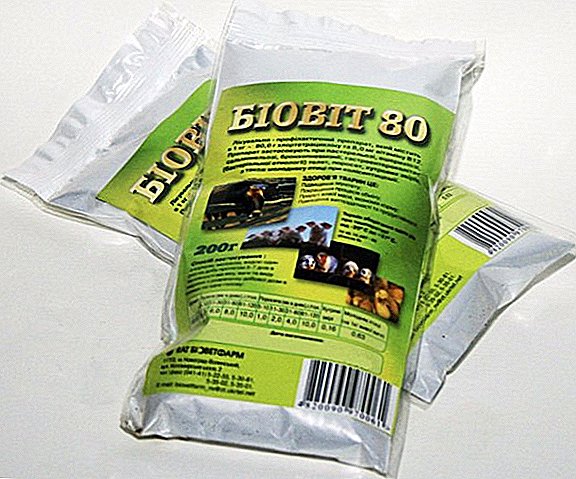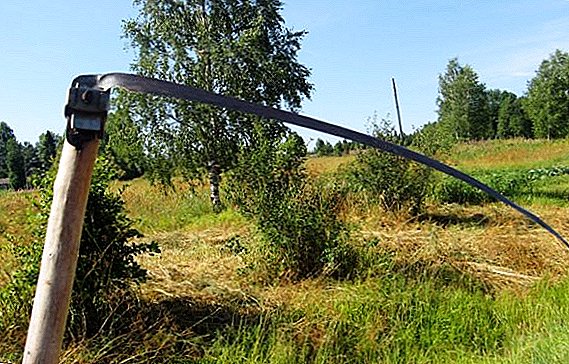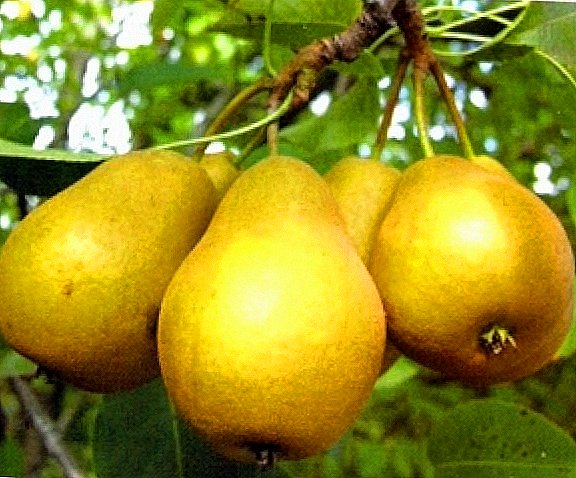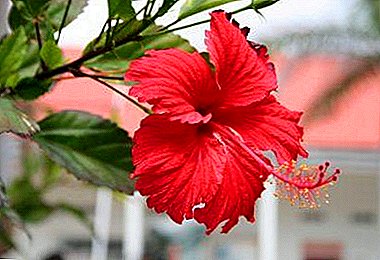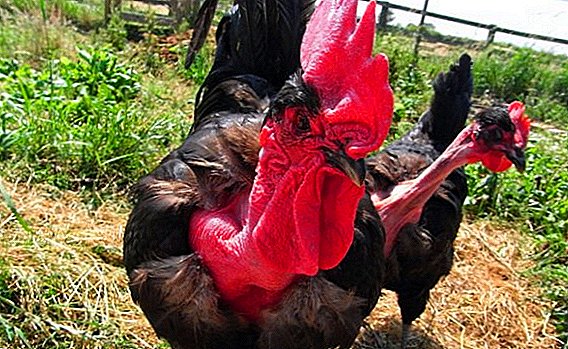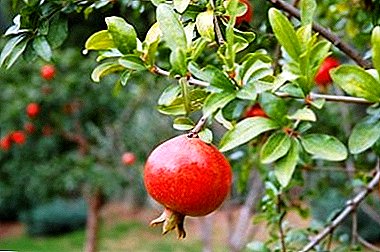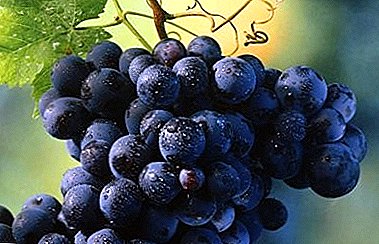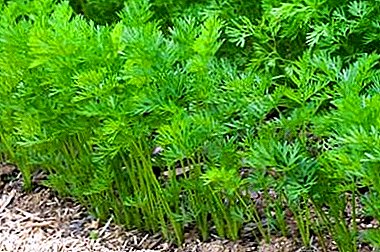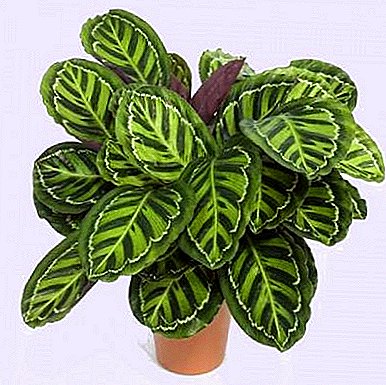
Calathea (lat. Calathea) is an ornamental houseplant of the marant family.
Calathea is quite popular with flower growers due to its unusual and original coloring.
Its rounded leaves are full of incredible patterns of stripes and spots of various shades of green and brown.
But like any beauty, Calathea is very capricious and requires special attention. Grow it is not easy.
Therefore, before settling this flower in your apartment, it is advisable to familiarize yourself with the rules of caring for it.
Calathea has a considerable number of varieties, among which the most famous are: Calathea Crocat (Saffron), Calathea Makoya, Calathea Wicha, Calathea Zebrovidna, Calathea Medallion.
Plant description
Calathea "Medallion" immediately attracts the eye to itself. This is a very beautiful plant with a unique texture. Its leaves are double-colored: their upper part is dark green with thin silver veins over the entire surface, and the lower part is purple.
This variety is very photosensitive. In the morning, in the daylight, its leafy plates descend downwards, and in the evening they rise upwards, as the flower shows its original coloring.
A photo
Visually with Calathea "Medallion" can be found in the photo below:





Home care
Let us consider in more detail the rules of care at home for Calatea Medallion.
Where better to grow?
This kind of calathea is a gentle creature. Therefore, the "Medallion" is recommended to grow at home in a warm sunny room with a high level of humidity.
It is not advisable to place a flower on a balcony in the summer or take it out to the garden for fresh air.
Pruning plants
There is a lot of controversy over whether it is worth cutting the flower to form a lush crown or not.
REFERENCE! Calatheum needs to be cut only during transplantation. Otherwise, the flower may die!
When transplanting from a plant, it is necessary to cut off the old and dried leaves, the roots can not be touched. Scissors (blades) that will be pruned must be disinfected in hydrogen peroxide.
Lighting
The plant needs sufficient lighting. Light should be soft, diffused. In the summer, it is necessary to shade a flower, not to allow direct sunlight on it.
 Sunburns spoil tender leaves, covering their surface with brown spots.
Sunburns spoil tender leaves, covering their surface with brown spots.
Lack of lighting can adversely affect the variegated color of the leaves. - they become uniformly green and lose all decoration.
In winter, Calathea Medallion needs additional artificial lighting.
Conventional electric lamps, which will extend the light day of the plant, will be suitable for this.
Kalatea is best placed near a window facing east or west.
Temperature
It is quite a thermophilic flower. The optimum temperature in summer is 20-24 degrees, in winter - 18-20. It is necessary to avoid sudden changes in temperature and drafts that Calathea does not tolerate.
Watering
Excess and lack of watering is very harmful to the pampered beauty of calathea. Therefore, you should comply with the measure. In hot weather, watering is more abundant and is done immediately, as soon as the top layer of soil dries out. In the winter - less often, approximately once a week.
In order to prevent stagnation of moisture in the pot, it is necessary to plant a flower in loose soil.
In the heat of the plant you need to irrigate often with warm settled water.
REFERENCE! Like all plants of the family of maranths, Calathea are committed to high humidity. Therefore, in the summer, it is advisable to place a flowerpot with a flower on a pallet with wet expanded clay drainage!
Planting and transplanting plants
The pledge of the healthy growth of Calathea "Medallion" and its abundant flowering is a well-chosen substrate.
Experienced growers recommend the following composition:
- leaf ground - 2 hours;
- sand - 1 hour;
- peat - 2 hours
 To make the soil looser, small pieces of charcoal can be added to the soil.
To make the soil looser, small pieces of charcoal can be added to the soil.
At the bottom of the pot is placed a layer of expanded clay drainage.
Frequent transplantation harms calathea.
Adult plants are transplanted once every 2 years; young ones need annual soil replacement.
Repot the flower very carefully, trying not to damage the root system.
It is advisable to use the "transfer method" (the old earthen clod around the roots is not destroyed, but placed in a new pot, the voids around are covered with fresh substrate).
The pot should be proportionate to the root system. Too much capacity can provoke souring of the soil mixture and root rot.
The most suitable time for transplanting is late spring.
REFERENCE! There should be no lime in the soil for grading Calathea! This should be taken into account when buying a ready-made mixture in the store.
Breeding
You can propagate the calathea in 3 ways:
- Rhizome division. Usually this method is used for plant transplantation.
The rhizome is divided into several parts with a knife or hands. It is necessary that each process had several leaves and roots. After division, each process is planted in light soil consisting of peat and sand (1: 1).Top pots covered with a plastic bag or glass jar to create a greenhouse effect and put in a warm place. Remove the coating after the appearance of the first leaves.
- Cuttings. The method of reproduction using stem cuttings is used most often.
For this, cuttings about 12–15 cm long with one knot and several leaves are placed in a sand-peat mixture (1: 1) and placed in a warm place, covered with polyethylene or a can on top.Cut the cuttings must be dusted with activated carbon to avoid rotting. The coatings are removed after the rooting of the plant.
- Seeds. Kalatea can be propagated with seeds.
For this, the seeds are placed on the ground surface, pressed down with glass and left for several weeks until germination.
From time to time glass is raised for ventilation. Sprouted seeds are placed deeper into the soil (1 cm).
Emerging seedlings are planted separately in small pots.
This method is quite complicated, especially for novice florists. Seeds do not always sprout, many seedlings are weak and die, so it is better to use the two previous methods of reproduction of Calathea.

Fertilizer
The plant needs feeding. For this liquid fertilizer is suitable for deciduous and ornamental plants. Calatheu is fertilized in the spring-summer period 1 time in 10-15 days, in the winter no more than once a month.
Diseases
The appearance of brown spots on the leaves
This usually happens for two reasons: sunburn and waterlogging. It is advisable to priteni Kalatu and change the mode of watering.
Dry and curled leaves
Drought, insufficient watering, low air humidity. It is often necessary to spray the plant with warm and settled water, since cold and hard water can also be the cause of dry edges on the leaf plate.
Dried leaves must be removed from the flower. Dry edges should also be cut, very carefully, so as not to harm the living part of the sheet.
 If the flower is completely dry, do not rush to throw it out, remove the roots from the pot and inspect them.
If the flower is completely dry, do not rush to throw it out, remove the roots from the pot and inspect them.
If the roots are fresh and healthy, transplant them into a new container, water the soil and after a while new sprouts will appear.
Withered and twisted leaves also speak of pest damage by thrips..
You need to carefully inspect the inside of the sheet. If a parasite is found, treat the plant with any insecticidal solution.
Yellow leaves
Too bright light in the room or the plant suffers from drafts. Place Calathea deep into the room and observe its behavior.
Pests
Most often, Calathea "Medallion" is attacked by spider mites and thrips. The appearance of these harmful insects provokes excessively dry air in the room. Symptoms of a lesion can be seen with the naked eye:
- Spider mite - a large amount of thin white cobweb appears on the leaves, the plant withers and fades, its leaves fall;
- Thrips - usually lives on the inner surface of leaf plates, eating them from the inside. First, a bright spot appears on the surface of the sheet, with time it changes color, dries, crumbles, forming a hole.
The way to combat parasites : wipe the leaves of the plant with soapy water (water, laundry soap), then treat with any insecticide. After processing, the flower must be fed (after 5-6 days).
Caring for capriciousness Calatea is not easy, but all efforts will pay off when this incredibly beautiful tropical plant flourishes in your apartment.


